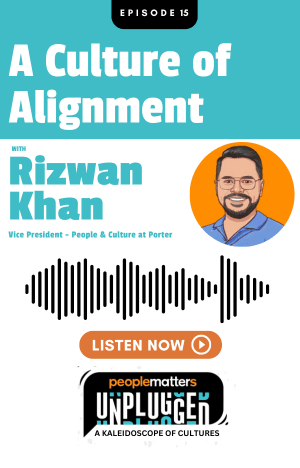Employer medical benefit costs in APAC to grow 8.7% in 2020: Report

Medical costs in the Asia Pacific are predicted to increase from 8.6 percent in 2019 to 8.7 percent in 2020, as per the 2020 Global Medical Trend Rates Report released by Aon plc. In Singapore, employer-provided medical benefit costs will increase by 10 percent in 2020, outpacing average general inflation of 1.4 percent. This is on account of a combination of factors such as an aging population and a rise in chronic diseases including diabetes and high blood pressure.
However, projected medical trend rates vary significantly by location. In Asia, costs are expected to increase the most in Malaysia and Thailand, with average medical trend rates forecasted at 14 percent and 13.9 percent respectively.
Meanwhile, China and Hong Kong are projected to see an average medical trend rate increase of 7.5 percent and 8.1 percent respectively. Due to the adoption of advanced technology, the prices of medical goods and services are increasing at a level two to three times of general inflation. The penetration of mobile applications for online claims management has also led to an increase in claims reported by supplemental medical plans in China. In Hong Kong, the medical trend rate is driven by increasing levels of stress and respiratory infections.
Tim Dwyer, CEO of Health Solutions, Asia Pacific, Aon said, “Cost containment strategies are no longer enough to address medical inflation. Organizations in the region must introduce comprehensive programs that address the physical, emotional, social and financial wellbeing of their employees. A proactive people strategy focusing on all these factors will lead to a healthier, engaged, and more productive workforce.”
The report reaffirms the increasing impact of non-communicable diseases on health care costs globally. In the Asia Pacific, cardiovascular, cancer, musculoskeletal, ENT and gastrointestinal were the most prevalent health conditions driving health care claims. In addition, there is a growing prevalence of risks in the Asia Pacific due to high blood pressure, obesity and aging and unhealthy personal habits such as physical inactivity and bad nutrition.
Health Care Benefit Cost Growth from 2019 to 2020
2019 2020
China 6.0% 7.5%
Hong Kong 8.3% 8.1%
India 9.0% 8.5%
Indonesia 13.0% 13.0%
Malaysia 16.0% 14.0%
Philippines 10.0% 9.2%
Singapore 10.0% 10.0%
Thailand 9.0% 13.9%
Vietnam 12.0% 11.0%
The survey was conducted among 105 Aon offices, each one representative of a country, that broker, administer, or otherwise advise on employer-sponsored medical plans in each of the countries covered in this report.
The report clearly points out that as a large portion of an employee’s waking hours is spent on the job, the workplace is a logical place to create a healthier culture and change behaviors. And thus the onus majorly falls on the employers to help individuals and their families to take a more active role in managing their health, otherwise, they will continue to face the prospect of added organizational cost and productivity unless the controllable factors contributing to ill health are addressed.















